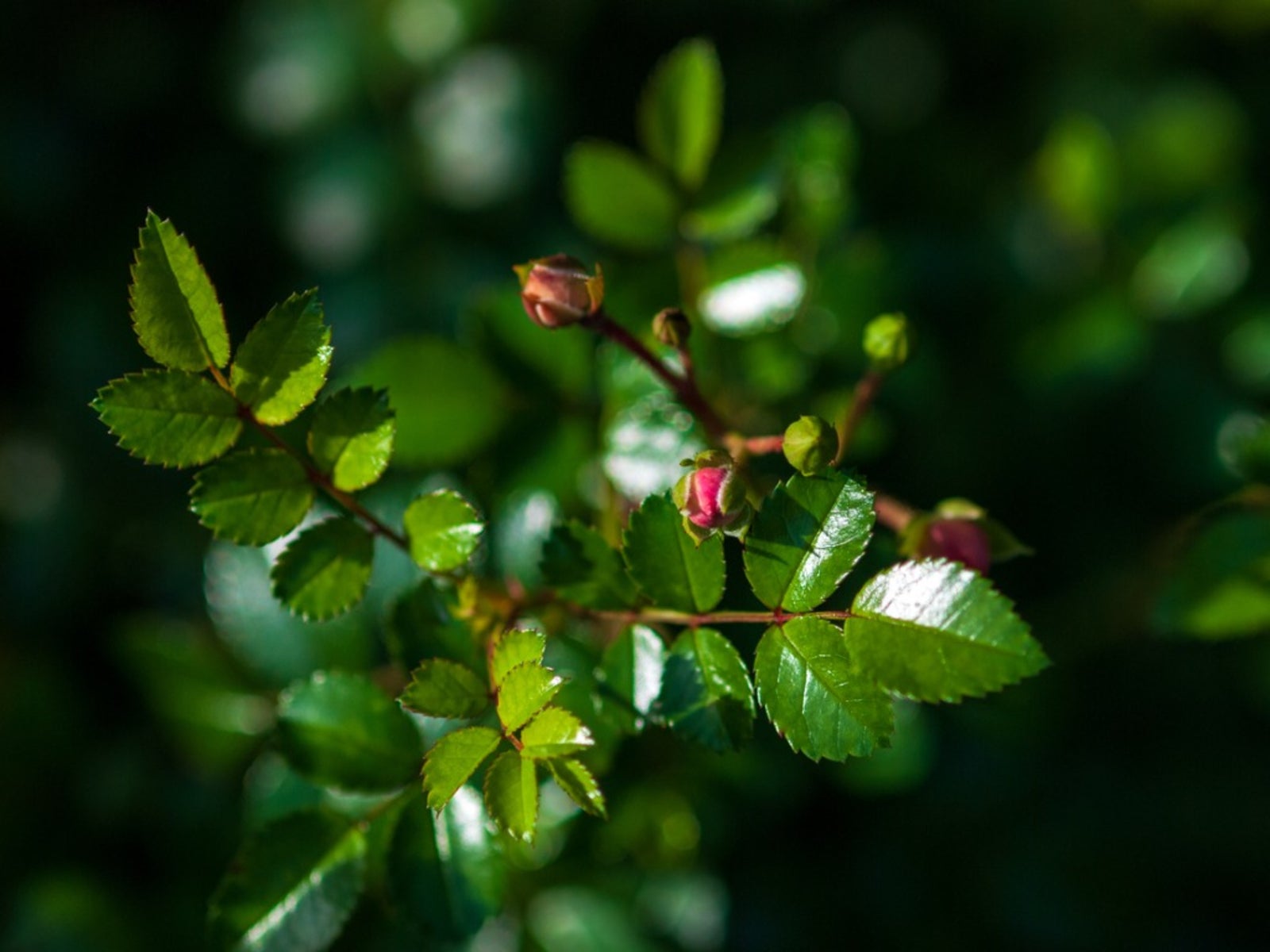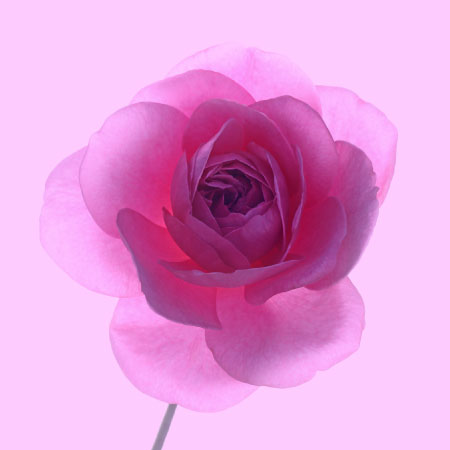What Is Rose Balling: Reasons For Rosebuds Dying Before Opening


Are your rosebuds dying before opening? If your rosebuds won’t open into beautiful flowers, then they are likely suffering from a condition known as rose flower balling. Read on to learn more about what causes this and how to fix the problem.
What is Rose Balling?
Rose “balling” normally happens when a rosebud forms naturally and begins to open, but once the new swollen bud gets rained on, soaking the outer petals, and then subsequently dries too quickly in the sun’s heat, the petals fuse together. This fusion does not allow the petals to unfurl like they normally would, resulting in rosebuds dying before opening or failing to open at all. Eventually, the fused ball of petals dies and falls off of the rose bush. If seen by the gardener prior to falling, the bud may appear to have been infected with mold or fungus, as the buds can become slimy once it starts dying.
Treating Balling Rosebuds
The cure for rose flower balling is actually more an act of prevention than anything else. Thinning or pruning rose bushes so that there is good air movement through and around may help. When originally planting roses, pay attention to the spacing of the bushes so that the foliage does not become too dense. Thick, dense foliage opens the door for fungal attacks to hit rose bushes, and hit them hard. It can also make rose balling more likely to occur. Botrytis blight is one such fungal attack that can cause this balling effect. New buds attacked by this fungus stop maturing and the buds become covered with a fuzzy gray mold. The stems below the bud usually start turning a pale green and then brown as the fungal disease spreads and takes hold. Mancozeb is a fungicide that will help prevent an attack of botrytis blight, though some copper fungicides are effective as well. The best practices appear to be the proper spacing of the rose bushes when planted and keeping up with pruning them. In some cases, if the balling condition is spotted soon enough, the outer fused petals can be carefully separated away such that the bloom may continue to open as it naturally would. Just as with any problems with roses, the earlier we notice things, the quicker and easier it is to bring the problem to an end.
Gardening tips, videos, info and more delivered right to your inbox!
Sign up for the Gardening Know How newsletter today and receive a free copy of our e-book "How to Grow Delicious Tomatoes".

Stan V. Griep contributed to Gardening Know How for many years, and has been a Colorado Native Rosarian for over four decades. He is an American Rose Society Certified Consulting Master Rosarian in the Rocky Mountain District, and a member of the Denver Rose Society, the Loveland Rose Society, and the American Rose Society. He is Gardening Know How's in-house expert on all things roses.
-
 Terrifically Tubular Flowers For Hummingbirds: 9 Tube-Flowered Plants To Attract Hummers
Terrifically Tubular Flowers For Hummingbirds: 9 Tube-Flowered Plants To Attract HummersGrowing tubular flowers for hummingbirds helps you create the optimum feeding conditions for your winged friends. Here are nine tubed delights for hummers
By Tonya Barnett
-
 How To Grow Hydroponic Tomatoes For Fresh Indoor Harvests – No Soil Required
How To Grow Hydroponic Tomatoes For Fresh Indoor Harvests – No Soil RequiredLearning how to grow tomatoes in water is easy and allows you to harvest fresh-home-grown produce in every season without any mess.
By Ellen Wells